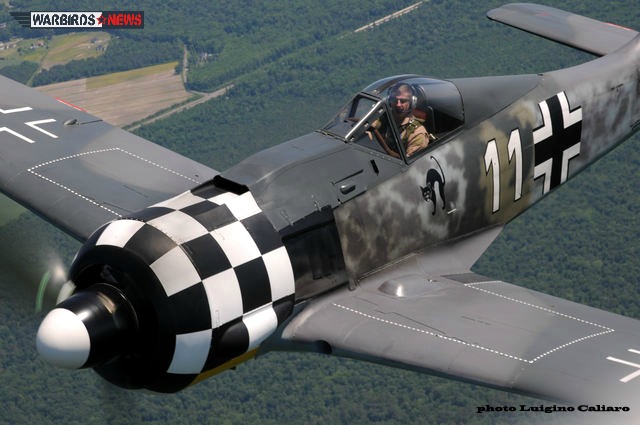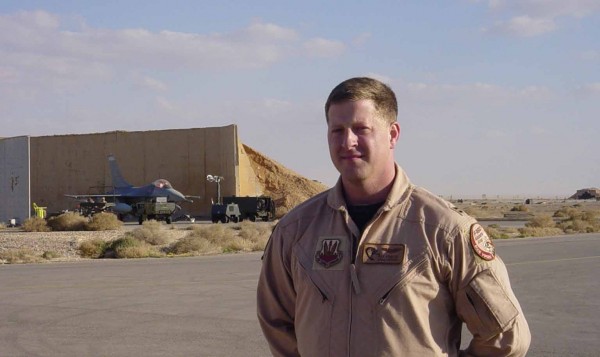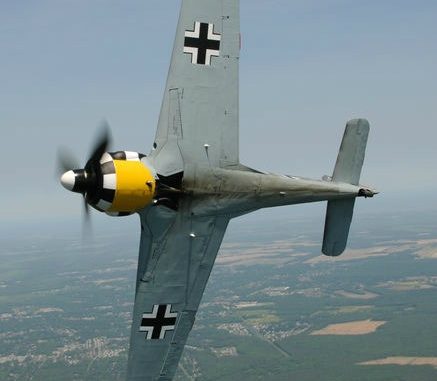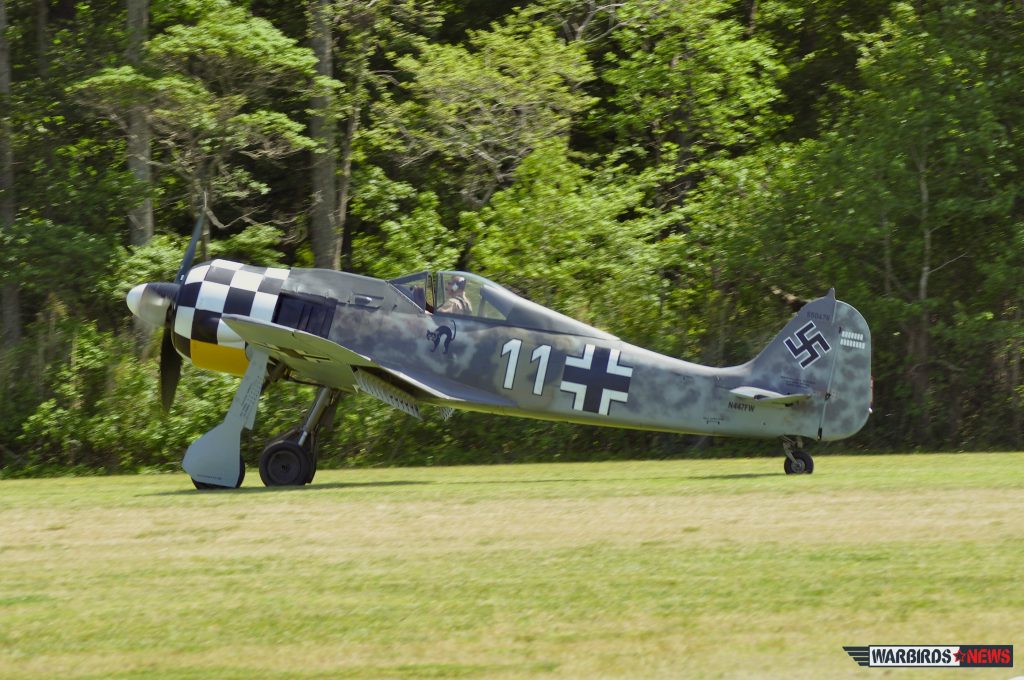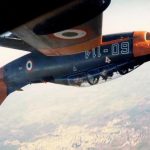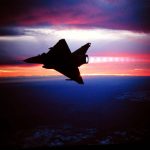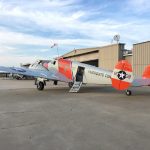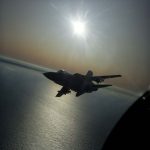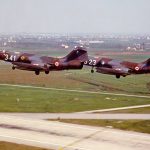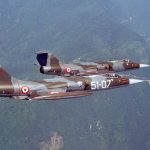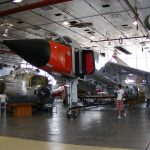Ray is a “flying machine”, in fact he serves as the Chief Pilot for the Liberty Foundation but his “real” job is flying as an airline pilot, as well as an F-16 pilot in the Air National Guard,. But his passion is WWII aviation history. Ray has been deployed on multiple combat tours in Iraq as part of “Operation Iraqi Freedom”.
Back in May we had the opportunity to seat down with Ray and talk about flying the Fw-190. The museum’s “190”is a reconstruction painted in the “Black 12” livery of Lt. Theo Nibel of JG 54. During Operation Bodenplatte, Germany’s last major aerial offensive of WWII
WN: Ray what’s your aviation background?
Ray: My background is in both civilian/military.I’m still active in the Alabama Air National Guard but I fly for Delta Airlines as my regular job. I am fortunate to fly for the Military Aviation Museum in its different type of fighters and bombers, i fly for other warbird organizations and private owners. I have 16,000 of flight time and quite a lot of experience in the B017 Flying Fortress.The Focke-Wulf ( Focke-Wulf Fw-190) is new to me but i can tell you that it’s an incredible airplane with a lot of performance and very unique.I’ve been fortunate to fly a fair amount of time with in the P-51 Mustang, and the P-40, the F-4U Corsair and the Focke-Wulf doesn’t compare with any those. It’s just by far a little more squirrel-y I guess on the ground when it comes down to ground handling but once you’re on the air, it’s such a great flying airplane and you can see why it was such a popular airplane in WWII. I was really impressed with the performance.
WN: Describe the flying characteristics
Ray: The airplane it’s new to us but I can tell that it’s very maneuverable, very crisp, it’s a pleasure to fly and performs great at aerobatic maneuvers . Again a little bit different than the P-51 just because a Mustang feels a lot like a stronger airplane but that’s just probably based on the fact that I have a lot more experience flying the that airplane versus this airplane ( Focke-Wulf Fw-190). But then again I can see a “190” against a Mustang in a dogfight would probably be quite a show because they’re just both incredibly performing airplanes.I haven’t really max performed a P-51 and had really taken it to the limits that it could do. We haven’t done that with a 190 ( Focke-Wulf Fw-190) since we still have to “understand and “learn” the airplane.
WN: Since you were impressed with the performance can you talk to us about the engine?
Ray: It’s a Russian engine. It’s a Chinese-built Russian Ash-82 engine. It has 1,900 horsepower, it is very comparable as far as performance to what the original BMW engine had …but again, tBMW had its own set of problems and issues with that engine. I know the Germans had a lot of problems with that engine initially unttil they worked it out. But the engine we have now is very reliable and from a performance standpoint it is definitely comparable to what the original aircraft had on.
WN: I have read that the “190” was difficult to land.
Ray: Well it is. If you watch this thing…it’s kinda bouncing all over the places. It’s got the gear and struts are very high ,so on grass runways with several bumps down like we have here ( MAM’s grass strip)you have to be very careful. It’s kinda launching back itself on the air. You’re just hanging on sometimes for landing. But it is a very wide, wheel-based long airplane. Again, I think it looks worse than it really is. I think you just hang on and it finally settles down and the brakes are very good on it so that helps too. I Haven’t had a lot of experience on the pavement with it yet and I’m sure with the crosswinds I’ll get… that’s another set of issues.
Due to the center of gravity it’s quite tail heavy, particularly on take off and landing, but once you get up in the air and in cruise, it’s not as noticeable. So as a lot other airplanes, it’s a little easier to pick the tail up. We have determined to just leave the tail down for a longer period of time, and almost fly off with the tail closer to the ground is a little more easier to handle.
WN: Is there anything that you don’t like about this airplane?
Ray: No, just the cockpit.It is very small compared to other Warbirds — the P-51 has very roomy cockpit. I am over six feet tall so the cockpit is very small for me. It really is quite compressed in a cockpit for a big airplane. But that would be my only gripe. Other than that, everything is great.







